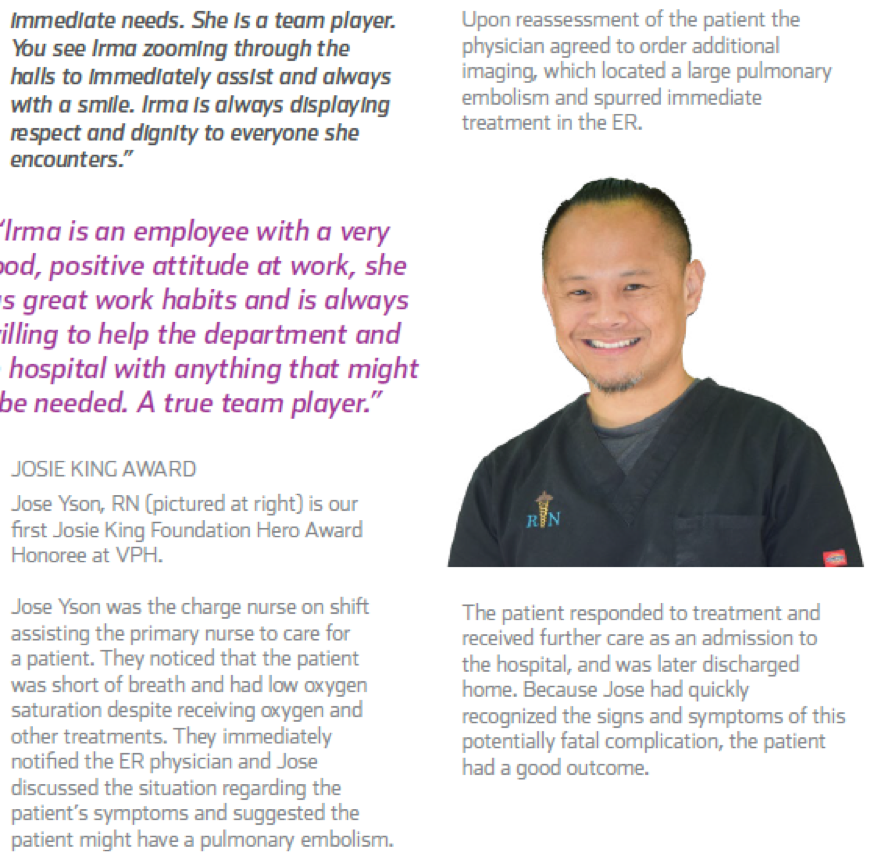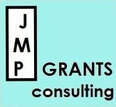0 Comments
Advice for the Novice Grant WriterAs published online by the Association of Fundraising Professionals: https://afpglobal.org/news/janine-perron-advice-novice-grant-writer Congratulations, new grant writer, you have lucked out. You’ve joined an honorable guild … probably by accident. Typically, a grant writer “falls into” the role as opposed to entering the profession to fulfill a career ambition. They volunteer for causes close to their heart or take a position as an entry-level nonprofit development associate. The unplanned route reflects the profession’s lack of visibility. Although grant writers’ work is vital, it is unheralded, as evidenced by the fact that the U.S. Bureau of Labor Statistics does not track “grant writer” as a distinct occupation. Upon hire, you inherit a host of deadlines and must get up to speed rapidly, mastering your institution’s programs and history with funders as well as numerous application processes. You may find yourself in an adrenaline-fueled reactive state, churning out reports, letters of inquiry, and proposals with mechanistic efficiency. Although you will earn compliments for your volume and speed, there are good reasons to resist the tendency to fill the pipeline with proposals that cobble together boilerplate language. Approach your body of grants as an evolving product. You will (1) achieve greater personal satisfaction and (2) write stronger proposals when you take this approach to your work. Your understanding of your nonprofit’s areas of expertise, standing relative to peer organizations, and internal culture will become more nuanced over time. An adept writer will take the extra time to reframe concepts and rewrite sections rather than tack on sentences here and there. Make trust, curiosity, and active listening your daily practice. Great grant writers are not entrenched 24/7 in their offices, firing out emails with frantic information requests. They cultivate authentic connections with employees, clients, and volunteers. They are genuinely interested in the smallest details of prospective projects and current operations, as well as the people who manage them. Treat your grant proposal as a form of brand enhancement. When you craft a request with passion and specificity, you will not only increase its fundability but also build your organization’s brand. External leaders’ perceptions of your organization are based in part on its established reputation, in part on individual relationships, and in part on your writing. When you offer your proposal readers a thought-provoking and authentic lens through which to view your nonprofit, it reflects positively on the whole organization. The next time your executive director makes heavy edits to your draft, remember why: Your proposal is an important external-facing document. In short, remain in a continual state of openness to maximize your creative impact. Tap Into All of Your Organization’s Assets for Superlative Grants |
AuthorJanine Perron Archives
July 2019
Categories |



 RSS Feed
RSS Feed

